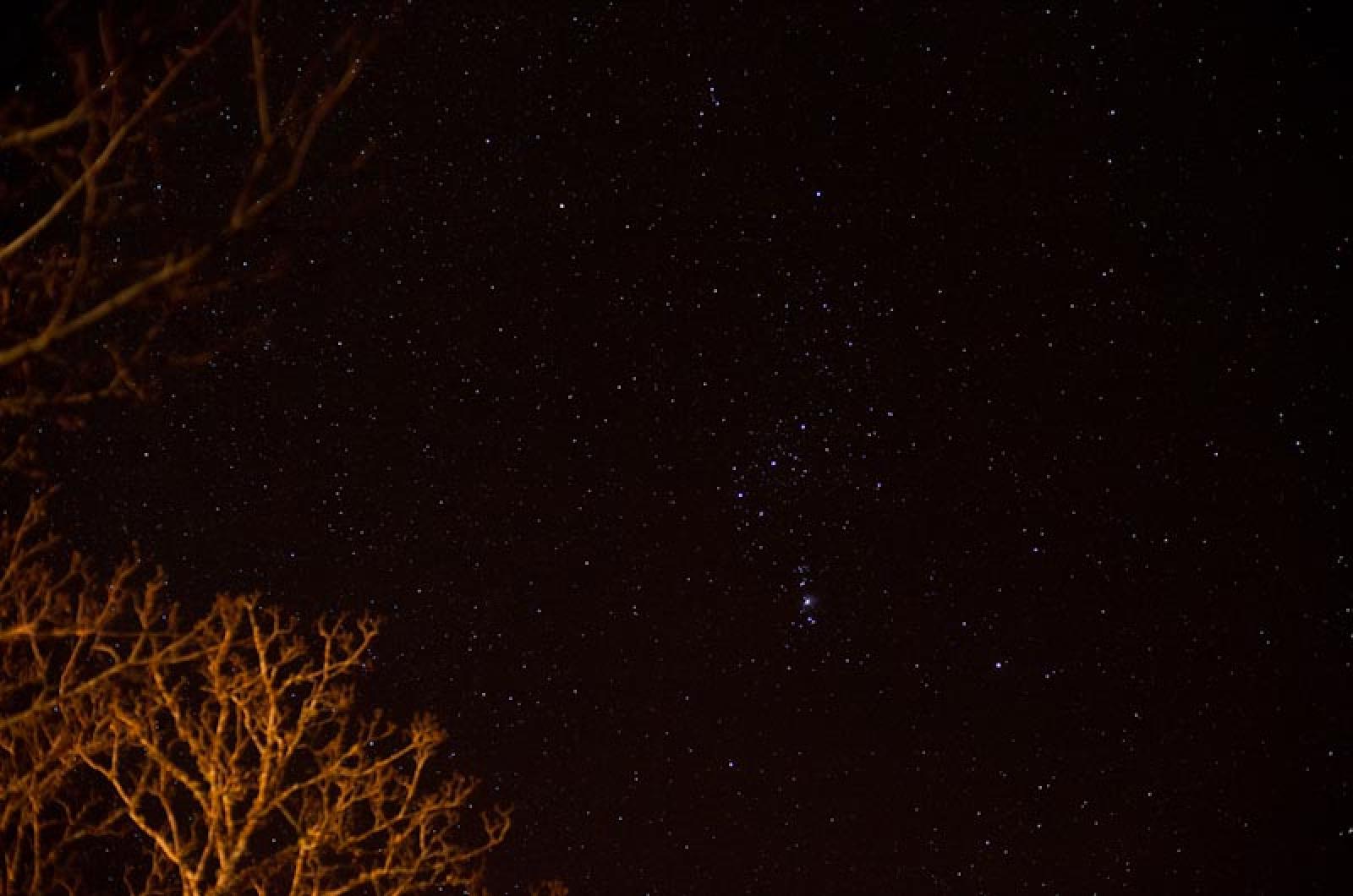This past week, the sky was the limit. Nothing but clouds could dampen my enthusiasm for the sky show we experienced. Two Taurid meteor showers, the North and South Taurids, made their appearance this month. It was definitely a Taurid love affair.
The opportunity to see the South Taurids was last week on the night of Nov. 4. The second chance, highlighting the North Taurids, was earlier this week, on Wednesday and Thursday.
The Taurid meteor shower is an annual occurrence, and always a special treat. Generally, during the Taurid event, approximately five to 10 meteors are seen per hour, but in swarm years, like this one, that number increases. This swarm is not one of insects, but rather a swarm of strong meteors, which are called “fireballs.”
These fireballs are stronger every few years, and thus provide a more powerful and brighter show of meteors. This year was one of those exceptional swarm years. Since their arrival approximately coincides with Halloween, these powerful meteors have also been called Halloween fireballs. The site of fireballs blazing across the sky is enough to scare even the most hardened Halloween revelers.
Fireballs can light up the entire sky before fizzling out. These, and the other less powerful Taurid meteors, occur when the earth passes through the debris trail left by the Comet Encke and the debris comes in contact with our atmosphere.
The Taurids can be seen in the vicinity of the constellation Taurus the Bull and is named for that group of stars. Don’t worry if you don’t know where Taurus resides in the sky; simply look up and you can catch a glimpse of these burning balls of fire.
Though first observed and named in 1869, the Taurids have likely occurred annually for over 4,700 years. Each meteor can move at a speed of more than 17 miles per second, or 65,000 miles an hour. So they are both fast and furious.
Meteors have been the source of fear, intrigue and even ennui. Henry Wadsworth Longfellow touched on the latter when he said, “Men of genius are often dull and inert in society; as the blazing meteor, when it descends to earth, is only a stone.”
Don’t be disappointed if you missed these fireballs due to rain, clouds or even a busy night. This annual event isn’t a once-in-a-lifetime sky sighting, since the Taurid meteors appear every October and/or November. Catch them when you can, and use Halloween as a way to remind yourself of the approach of this “Star Trick and Star Treat.”
Suzan Bellincampi is director of the Felix Neck Wildlife Sanctuary in Edgartown, and author of Martha’s Vineyard: A Field Guide to Island Nature.







Comments
Comment policy »